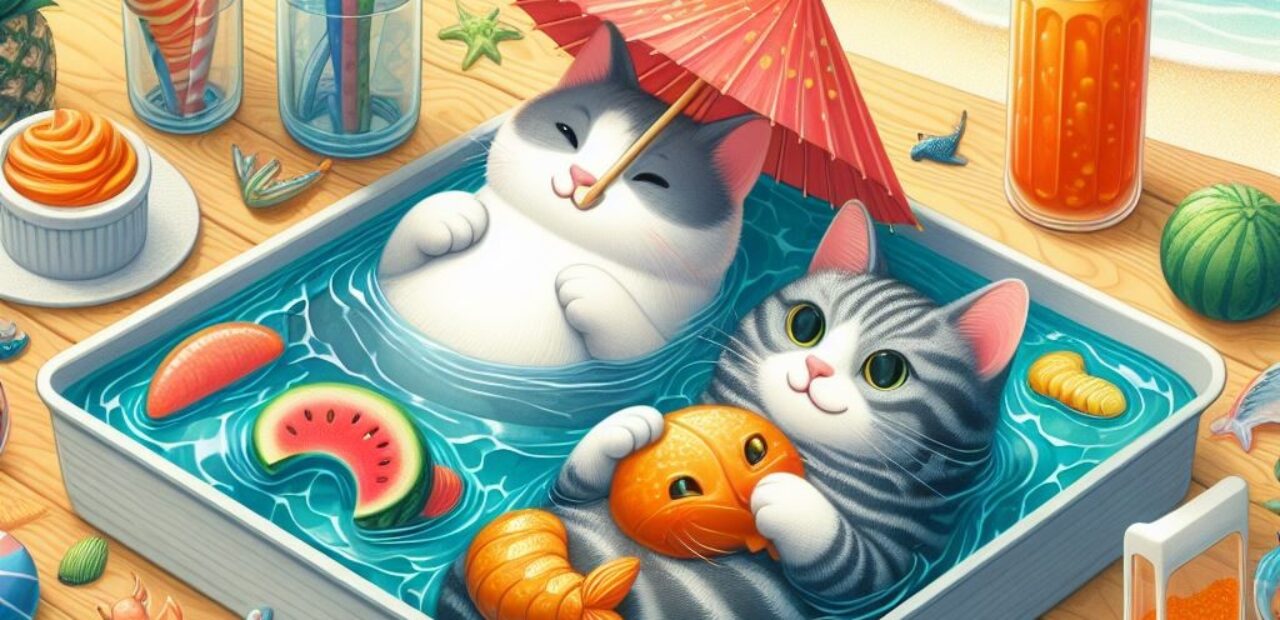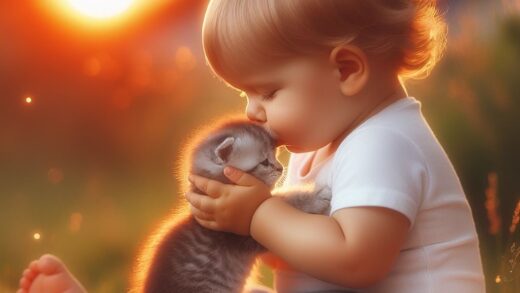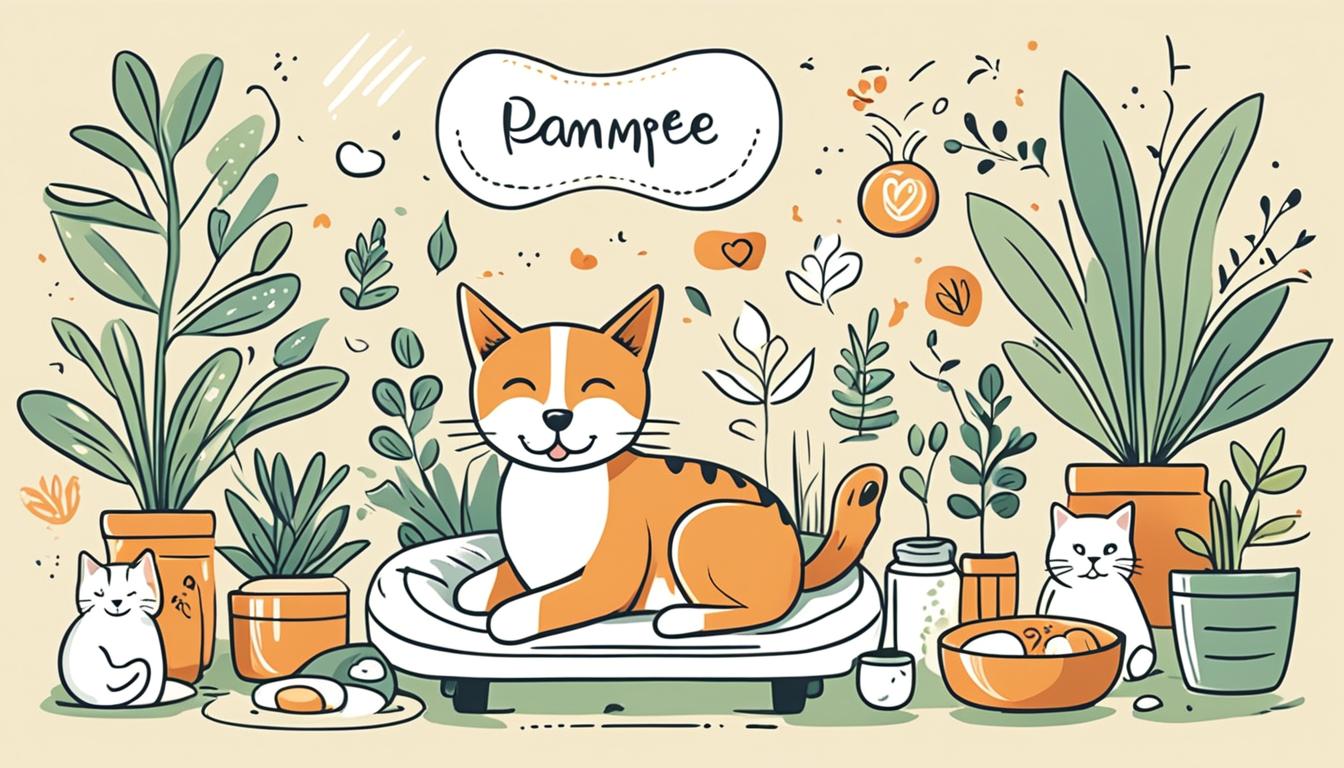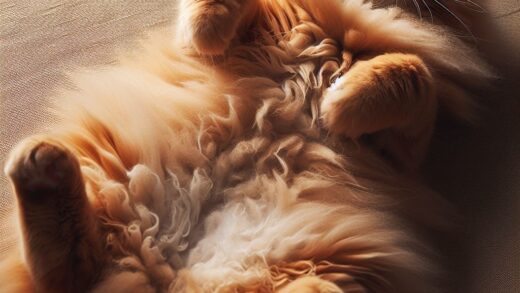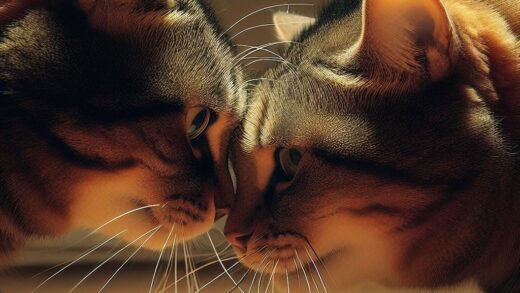Summer Survival Guide: Keeping Cats Cool
Ensuring cats stay cool in summer is vital for their well-being. Maintain a temperature of 78-82°F and offer access to fresh water. Look for signs of heatstroke like panting or lethargy. Use cooling mats or frozen treats to help lower their body temperature. Provide shady spots and monitor behavior for discomfort cues. Outdoor cats need sheltered areas and hydration options. Watch for signs of heat stress and act promptly if needed. Professional advice should be sought for heat-related concerns. Empower your feline’s comfort and health during hot weather.
Key Takeaways
- Maintain indoor temperature between 78-82°F.
- Provide access to fresh water for hydration.
- Offer cooling products like mats or frozen treats.
- Monitor behavior for signs of heat stress.
- Create shaded areas for outdoor cats.
Importance of Air Conditioning for Cats
Ensuring a cool environment through the use of air conditioning is paramount for the well-being of cats, especially during the summer months when they are more susceptible to heat-related issues. Proper air conditioner maintenance is crucial to guarantee its optimal functioning during heatwaves.
Before the summer starts, check and clean the filters, ensure adequate refrigerant levels, and inspect for any leaks. Heatwave precautions should include setting the thermostat to a comfortable temperature for cats, around 78-82°F (25-28°C), and avoiding extremes that could harm them.
Monitoring your cat’s behavior for signs of discomfort and providing cool areas for them to rest are essential steps in keeping them safe during hot weather. Regular maintenance and thoughtful adjustments to your air conditioning system can make a significant difference in your cat’s comfort and health.
Ideal Summer Temperature for Cats
Maintaining an optimal summer temperature between 78-82°F (25-28°C) is crucial for ensuring the well-being and comfort of cats during the warmer months.
Key Points:
- Cat Hydration Levels: Ensure cats have access to fresh water at all times to prevent dehydration, especially in hot weather.
- Outdoor Safety Precautions: Provide shady spots and fresh water for outdoor cats to avoid overheating. Check for signs of heat stress regularly.
- Behavior Monitoring: Watch for cues like excessive panting or seeking cool surfaces, indicating your cat may be uncomfortable. Adjust cooling methods accordingly.
Signs of Heatstroke in Cats
Recognizing the signs of heatstroke in cats is crucial for prompt intervention and ensuring their well-being during hot weather. Common symptoms include excessive panting and drooling, lethargy, weakness, vomiting, diarrhea, a bright red tongue and gums, and in severe cases, seizures or collapse.
Preventing heatstroke can also be aided through grooming. Regular brushing helps remove excess fur, allowing for better heat dissipation. Keeping your cat’s coat well-maintained can prevent matting and facilitate airflow close to the skin.
Additionally, ensuring your cat has access to cool, tiled areas in the house can provide relief from the heat. By staying vigilant and proactive in recognizing these symptoms and grooming practices, you can help keep your feline companion safe and comfortable during the summer months.
Cooling Products for Cats
To help keep your feline companion cool during the summer months, consider incorporating various cooling products specially designed for cats. Here are three essential items to help your cat beat the heat:
- Frozen Treats: Providing your cat with frozen treats or ice cubes can offer a refreshing and enjoyable way for them to cool down.
- Hydration Solutions: Ensure your cat stays hydrated by offering plenty of fresh water throughout the day. Hydration is crucial in helping regulate their body temperature.
- Cooling Mats or Pads: Investing in cooling mats or pads can help lower your cat’s body temperature, providing a comfortable spot for them to relax during hot days.
Other Tips for Keeping Cats Cool
To further enhance your cat’s comfort during the warmer months, implementing additional strategies can effectively help in managing their body temperature and ensuring they stay cool.
Regular brushing of your cat not only helps in removing excess fur but also aids in cooling them down by improving air circulation through their coat.
When engaging in outdoor activities with your cat, avoid hot surfaces like asphalt and opt for cooler areas with tiled surfaces.
Additionally, keeping curtains closed during the hottest part of the day can help maintain a cooler indoor environment for your feline friend.
Providing access to cool, tiled areas within the house gives them a comfortable spot to relax and beat the heat.
Providing Shady Areas for Outdoor Cats
When creating a comfortable outdoor environment for cats during the hot summer months, ensuring ample shaded areas is essential to protect them from the sun’s intense heat. Setting up outdoor shelters where cats can retreat to escape direct sunlight is crucial for their well-being.
To provide the best shady spots for outdoor cats, consider the following:
- Utilize natural shade: Trees, bushes, or structures like gazebos can offer natural shade for cats to relax comfortably.
- Install artificial shade: Setting up umbrellas, awnings, or cat-specific outdoor shelters can provide additional protection from the sun’s rays.
- Incorporate cooling techniques: Placing cooling mats or providing access to cool surfaces like tiles within these shaded areas can enhance the cooling effect for outdoor cats.
Monitoring Cats Behavior for Comfort
By observing and interpreting your cat’s behavior cues, you can effectively gauge their comfort level during hot summer weather. Pay attention to signs like excessive panting, seeking cool surfaces, or lethargy, which could indicate they are overheated.
Cats may also show signs of discomfort by grooming excessively or hiding in cooler areas of your home. To help them stay cool, consider using cooling techniques such as providing access to shaded areas, using fans for air circulation, offering cooling mats, and ensuring an adequate supply of fresh water.
If your cat appears distressed or exhibits unusual behavior, it’s essential to take immediate action to prevent heat-related issues. Monitoring your cat’s behavior is crucial for ensuring their well-being during the summer months.
Consult Vet for Heat-related Concerns
If you notice any signs of heat-related distress in your cat, seeking guidance from a veterinarian is crucial to ensure their well-being during the summer months. Heat-related concerns can escalate quickly in cats, and prompt action is necessary to prevent serious health issues.
When consulting a vet for heat-related concerns:
- Describe your cat’s symptoms in detail, including any changes in behavior or physical signs.
- Follow any advice or treatment plan provided by the veterinarian carefully to address the heat-related issues effectively.
- Monitor your cat closely for any improvements or worsening of symptoms and communicate these updates with the vet promptly.
Frequently Asked Questions
Can I Use a Regular Fan to Keep My Cat Cool in the Summer, or Do I Need a Specific Cooling Product?
While a regular fan can help improve air circulation for your cat, specific cooling products like cooling mats or ice packs are more effective in lowering their body temperature. Always monitor your cat’s comfort level during hot weather.
Are There Specific Breeds of Cats That Are More Prone to Heatstroke Than Others?
Certain cat breeds, like Persians, are more susceptible to heatstroke due to their flat faces. Understanding these heatstroke risk factors in different breeds is crucial for providing proper care and ensuring their well-being during warm weather conditions.
How Can I Tell if My Cat Is Dehydrated and in Need of More Water During Hot Weather?
Dehydration signs in cats include dry gums, sunken eyes, lethargy, and decreased skin elasticity. Prevent dehydration by providing fresh water daily, monitoring their water intake, and offering wet food. Hydration is crucial for their well-being during hot weather.
Is It Safe to Give My Cat Ice Cubes or Frozen Treats to Help Them Cool Down, or Can It Be Harmful?
While ice cubes and frozen treats may seem refreshing, they can pose dangers to cats. Risk of dental injury or digestive issues exists. Instead, opt for cooling mats, fresh water, and shady spots to keep your feline companion safe and cool.
Are There Any Specific Warning Signs That Indicate My Cat Is Struggling With the Heat and Needs Immediate Medical Attention?
Signs of heat exhaustion in cats include excessive panting, drooling, lethargy, vomiting, and seizures. If your cat displays these symptoms, seek immediate veterinary care. Recognizing distress signals promptly can save your cat’s life.
